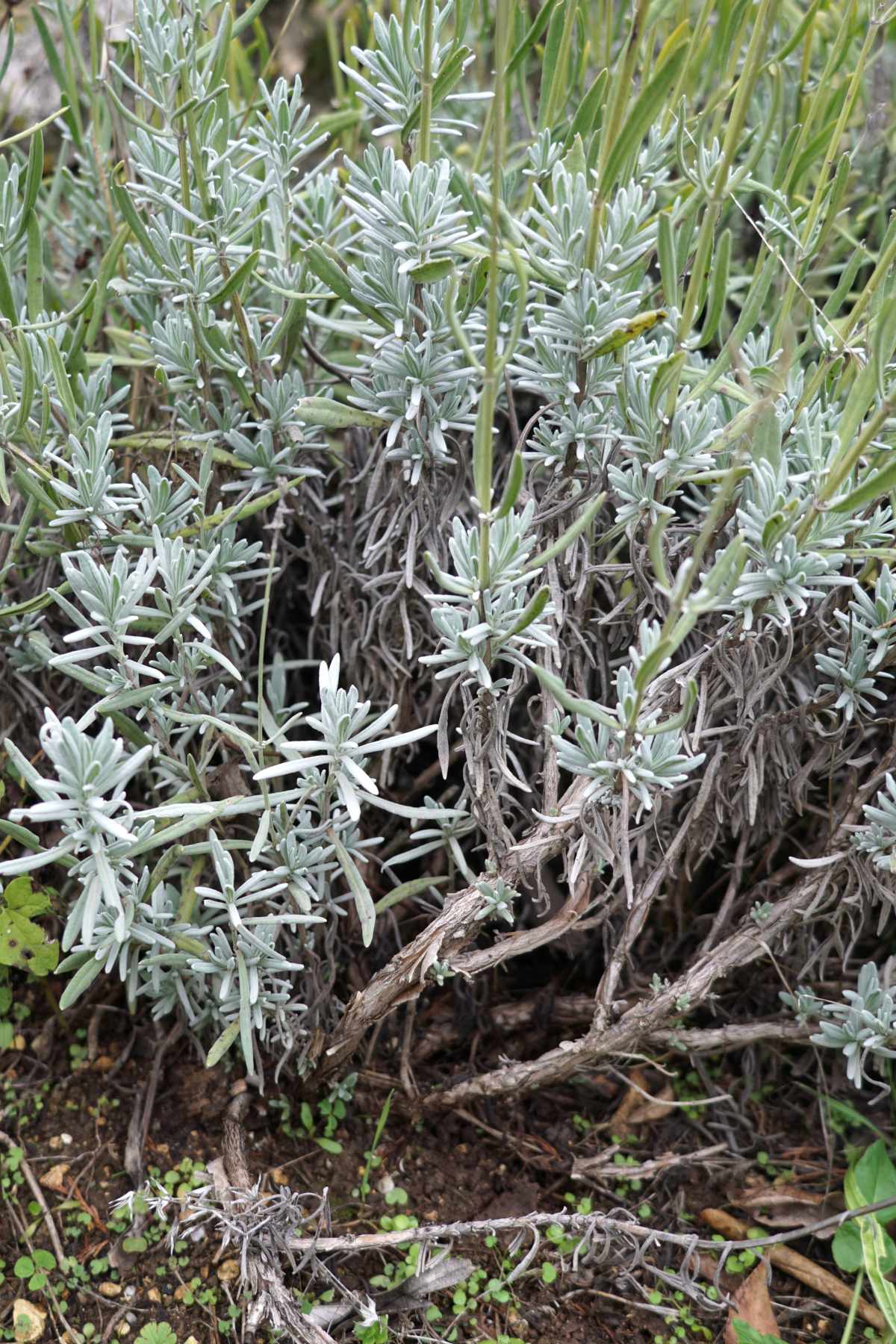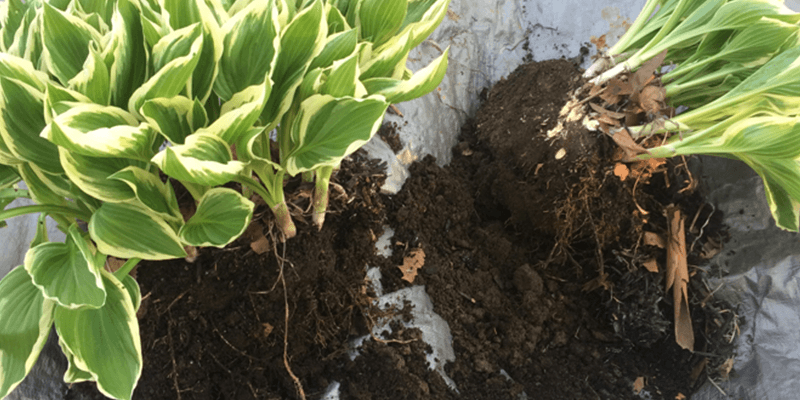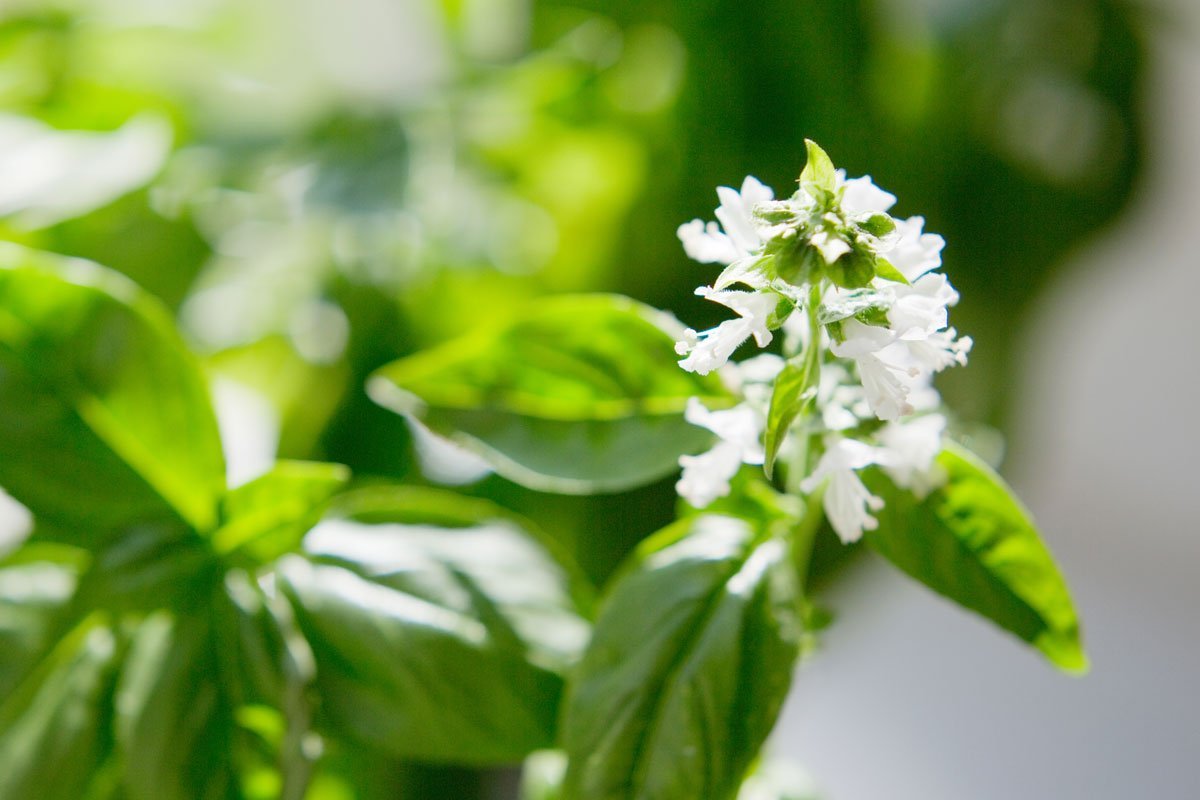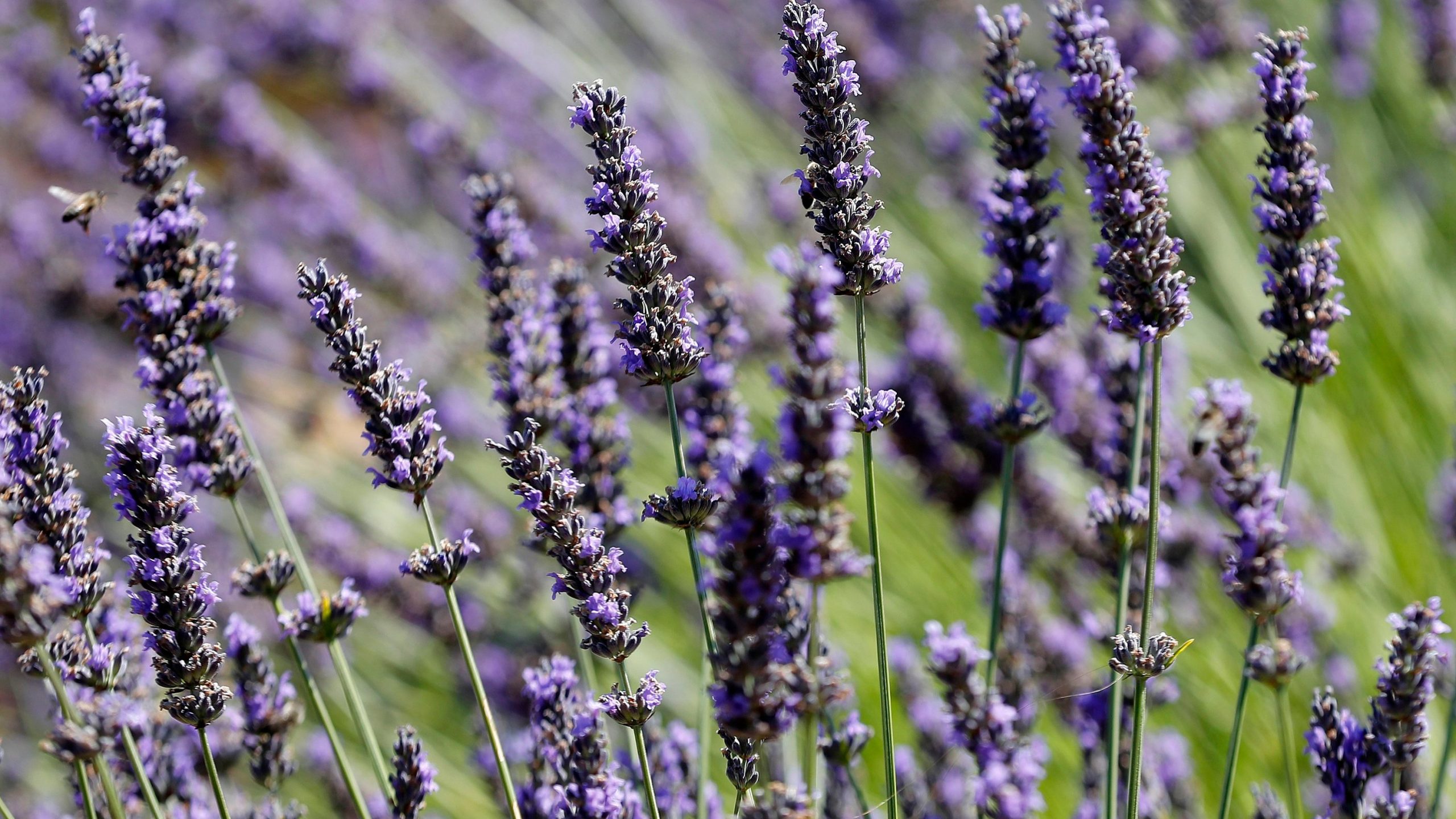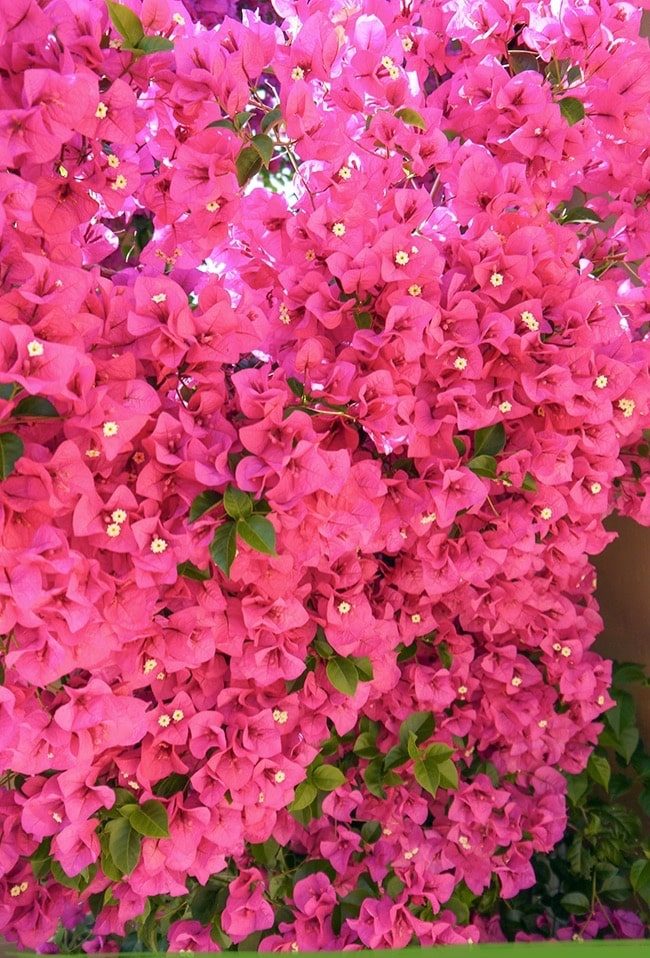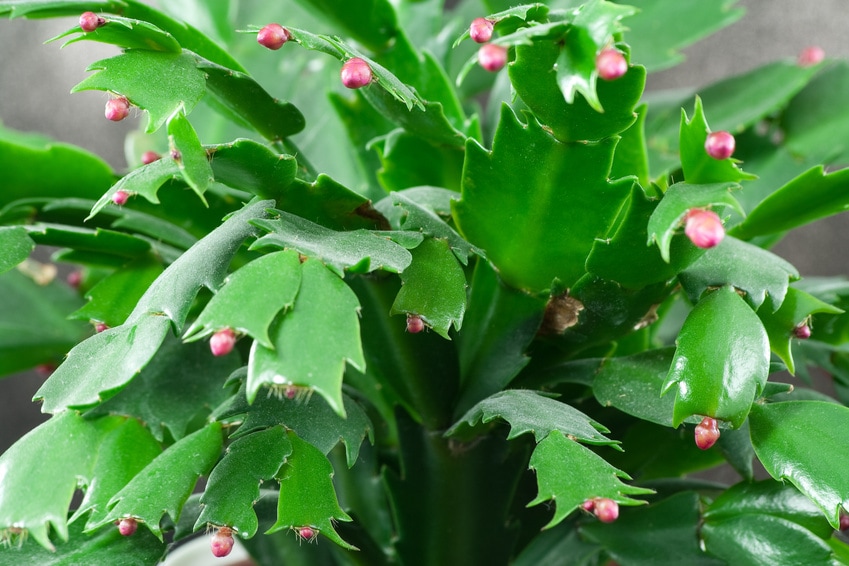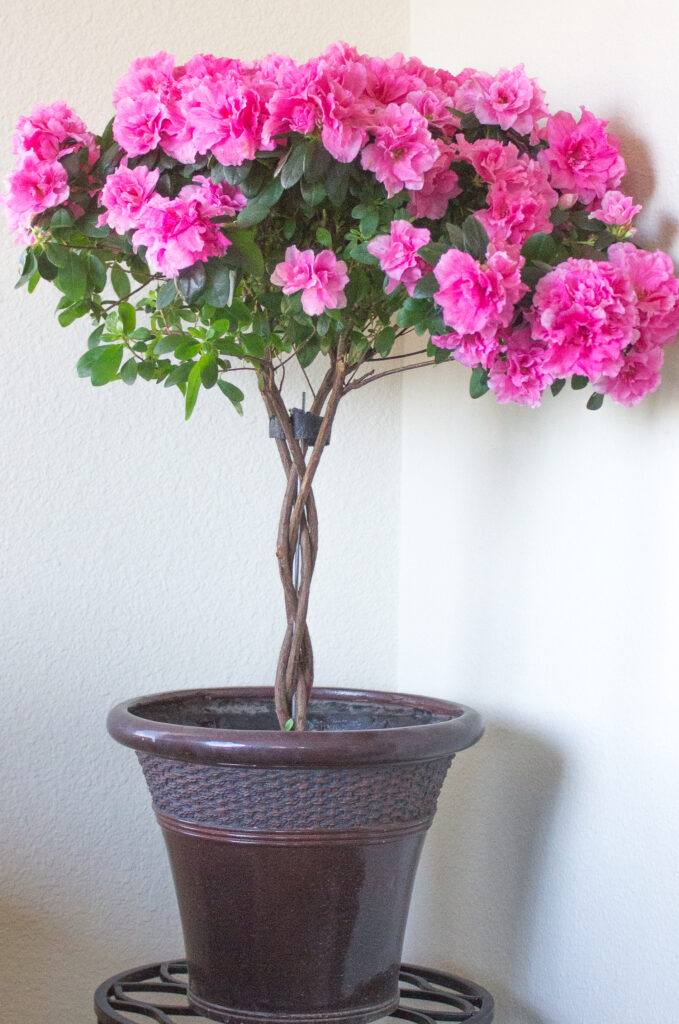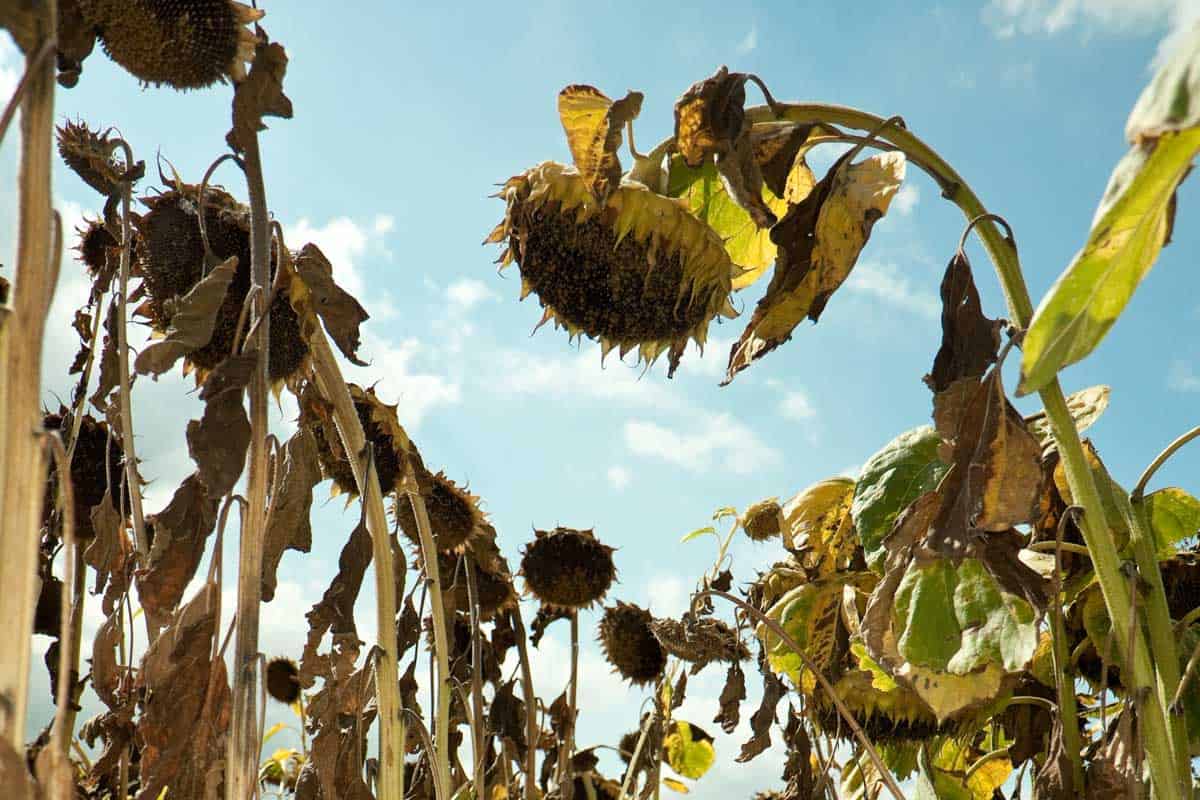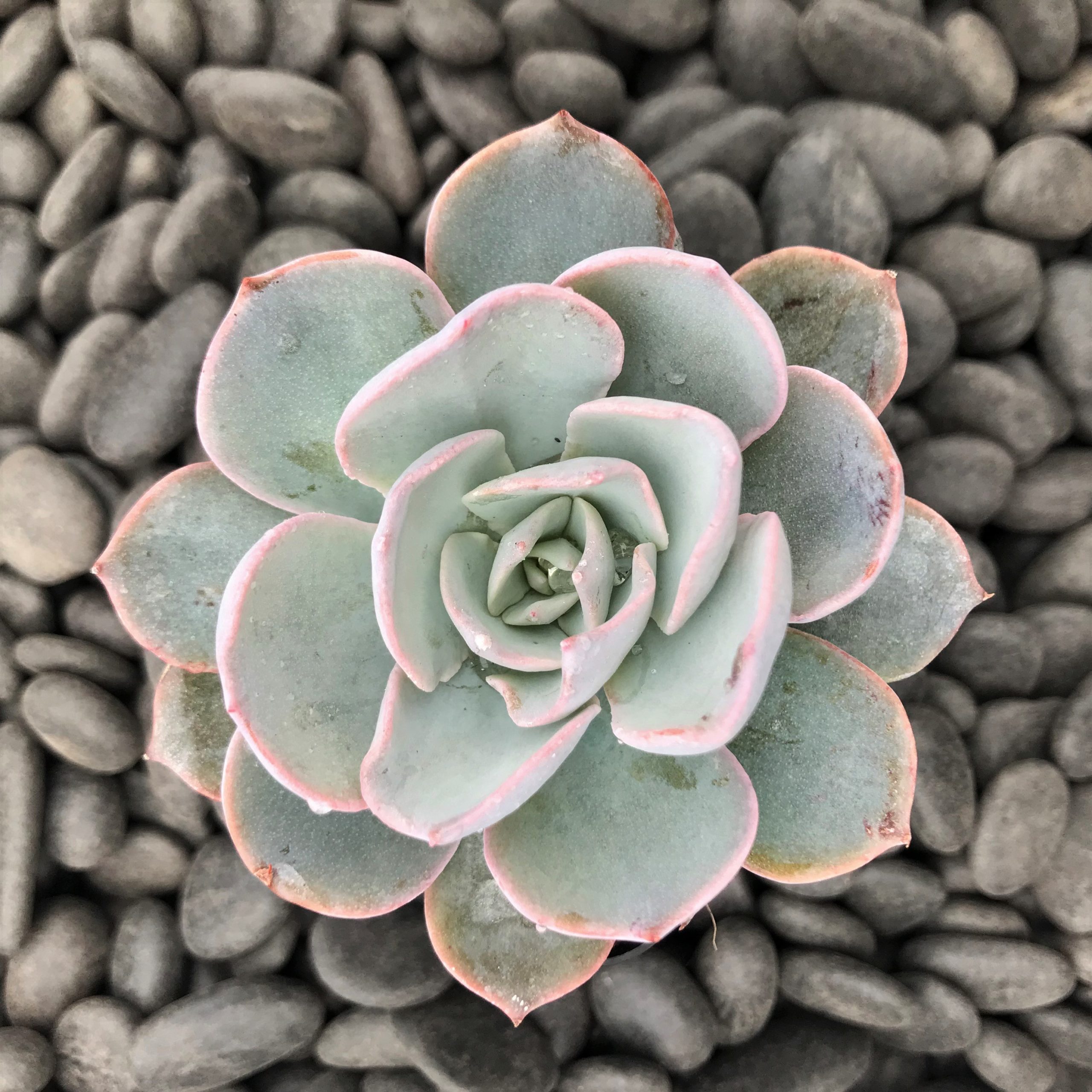How to Stop Lavender From Getting Leggy
Lavender plants are low maintenance perennials that are attractive and fragrant, but if they are not given the correct care, they have a tendency to grow leggy. Make sure lavender is planted in low fertility soil and refrain from fertilizing as high fertility soils encourage lanky, messy growth. To control lanky growth and slow down …

